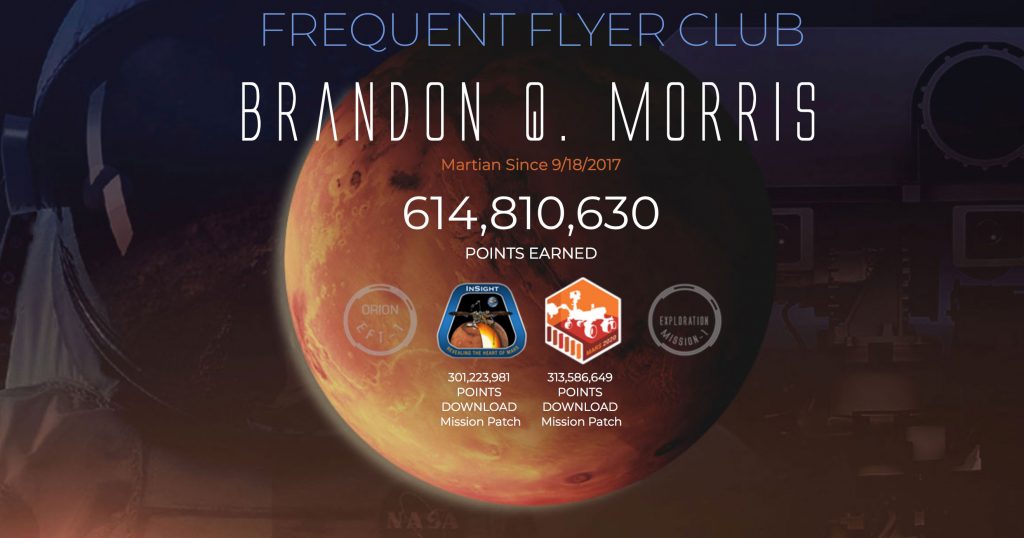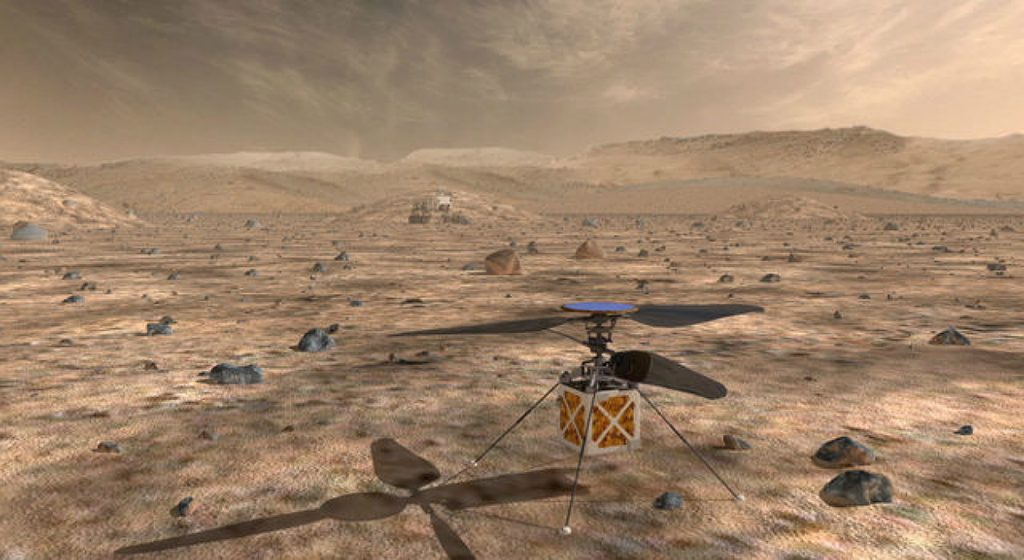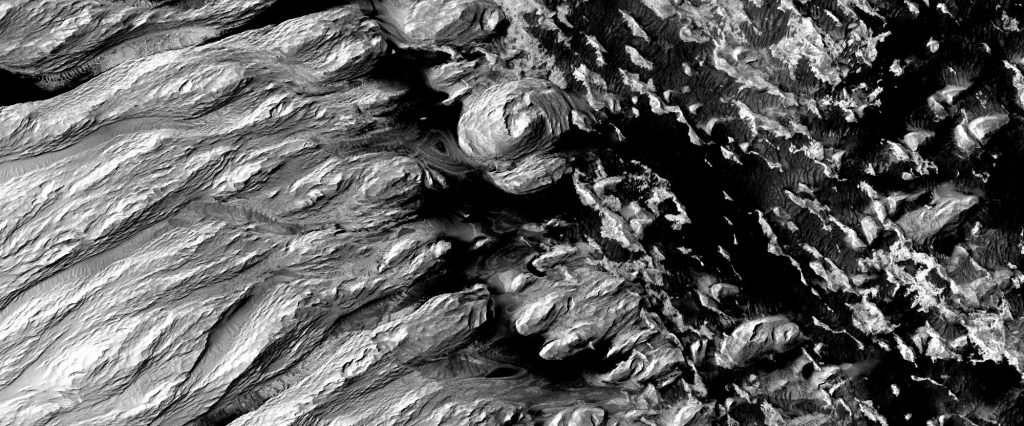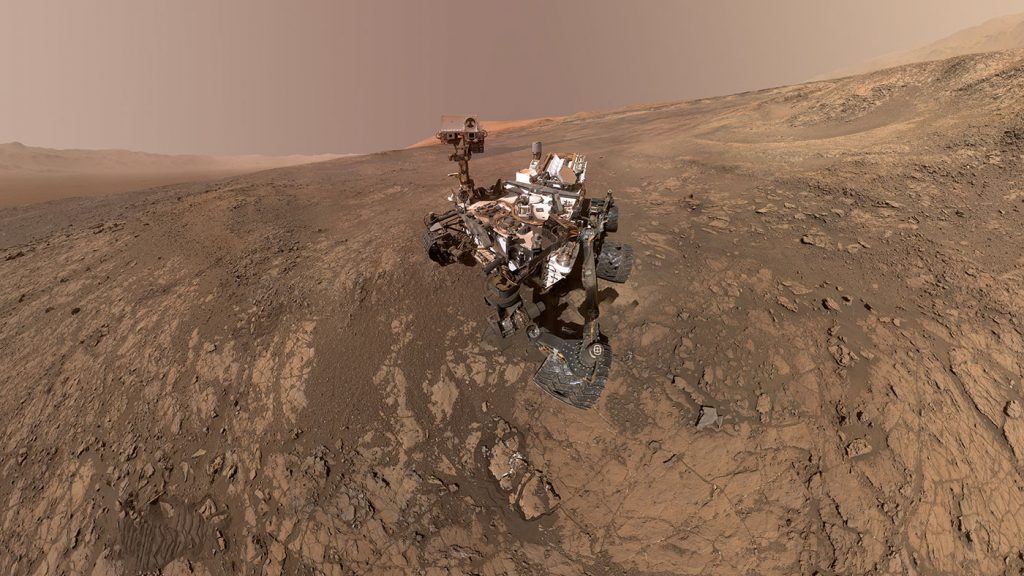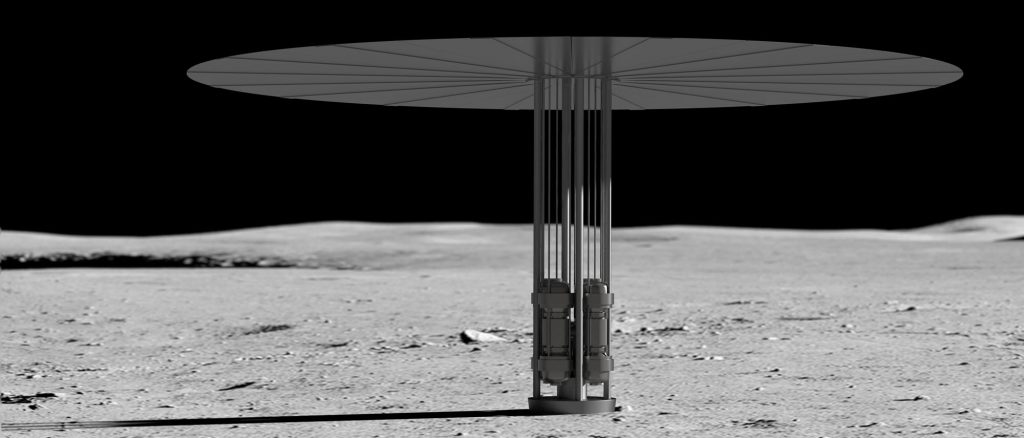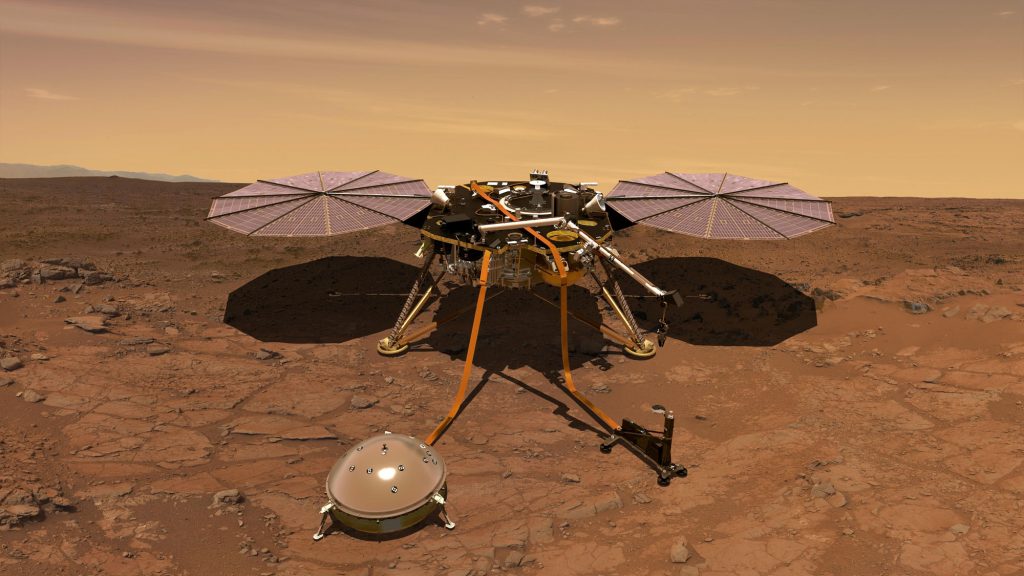Transforming Mars into a second Earth – a simple trick
In the journal Nature Astronomy, researchers have presented an exciting method for transforming Mars into a fertile planet: they want to cover our neighbor with a thin layer made of silicate aerogels. How is that supposed to work? The Red Planet has two properties that make the existence of life on its surface more difficult. First, it is significantly too cold there, and second, life can be destroyed by the cosmic radiation that is incident on the Mars surface in much higher amounts than on the Earth due to Mars’s thin atmosphere. If we wanted to create Earth-like conditions, for…

